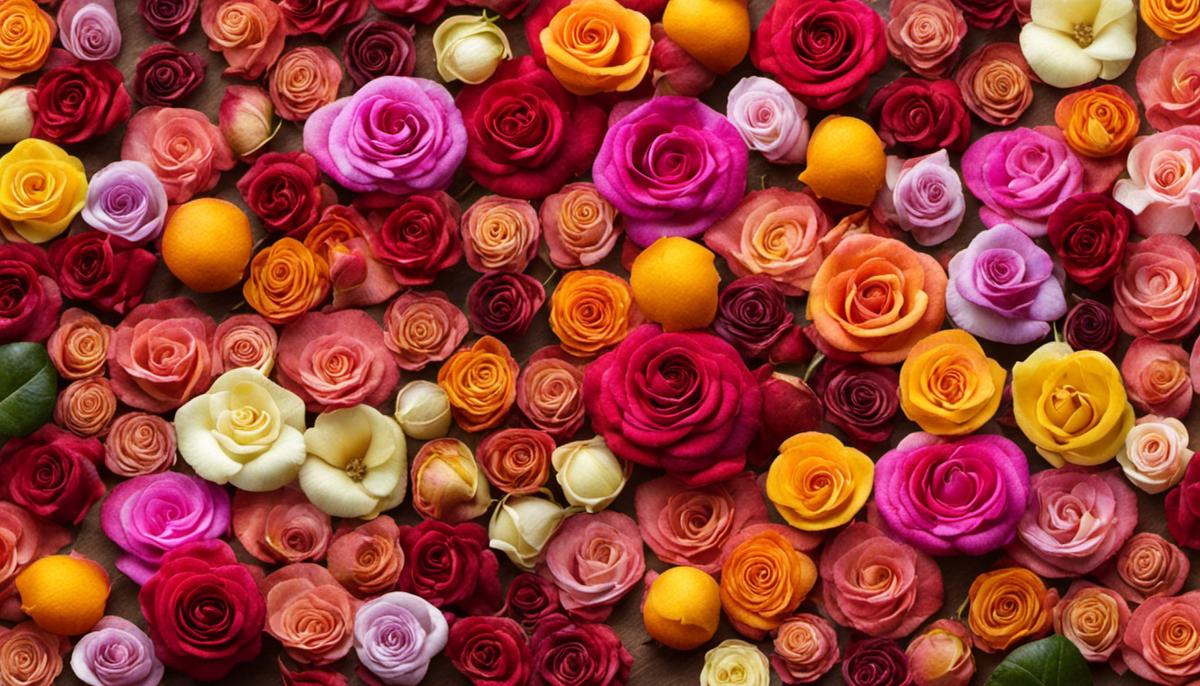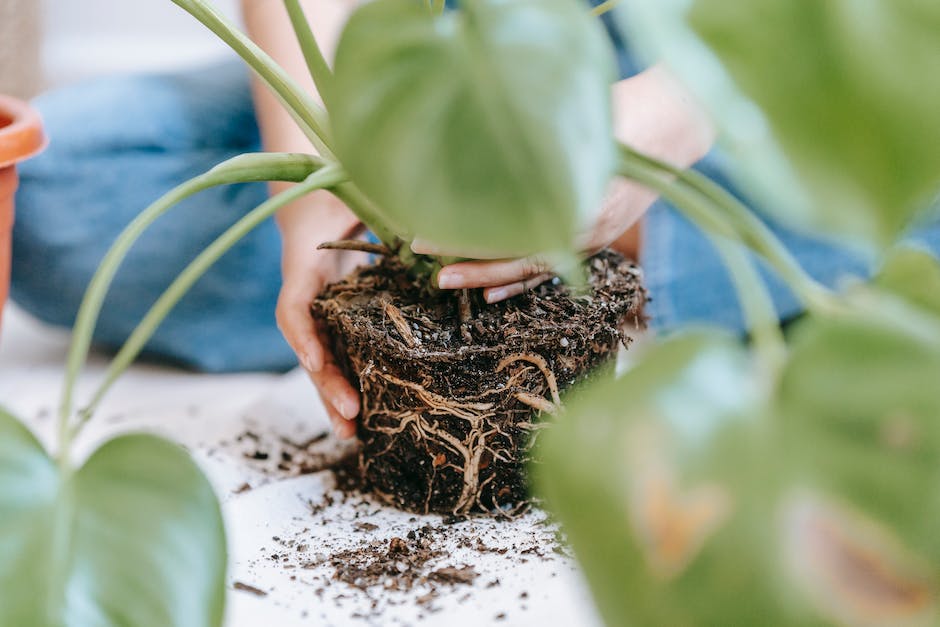Blossoming Success: Guide to Grow Roses from Seeds

Cultivating beautiful roses from seeds can be an immensely satisfying experience, a journey that starts from understanding the different types of seeds to appropriately planting them into the soil and caring for the growing plants thereafter. This guide will delve into these significant aspects and help you navigate the rose-growing process with ease and success. By gaining insights about the multitude of rose seed types and their specific growth requirements, you can select seeds that thrive in your local climate and align with your personal preferences. Moreover, you’ll understand the essentials of seed planting and germination, illuminating the correct practices in soil preparation, planting depths, watering routines, and sunlight requirements.
Understanding Rose Seed Types
Discover Your Perfect Rose: A Guide to Different Types of Rose Seeds
There’s something undeniably thrilling about the world of roses. Maybe it’s their velvety texture, the delicate veil of their fragrance, or simply the joy evoked from those vibrant bursts of color. Roses, with their myriad hues, fragrances, and species, are truly a touchstone for all avid gardeners. Selecting the perfect variety of rose seeds for your garden might seem overwhelming, but no need to stick to novice blooms. Embrace the exploration! This guide will help every rose enthusiast navigate their horticultural journey.
1. Hybrid Tea Roses
First on the list are the much-loved Hybrid Tea Roses. Sporting a classic rose appearance with large, wide-open blooms and a captivating fragrance, they’re ideal for those who can’t resist a traditional style rose garden. They tend to bloom from late spring through fall, adding an ongoing splash of color to your space. Their bloom color range is extensive, from pristine whites to deep reds and everything in between. These roses are perfect for creating visually stunning borders and pathways.
2. Floribunda Roses
Floribunda Roses are fantastic for those interested in a blast of color and clusters of blooms. They have a continuous blooming habit producing numerous flowers in trusses, adding fullness and volume to any garden space. Given their compact nature, they’re perfect for small gardens, pots, and containers. If a colorful spectacle is what excites, Floribunda Roses are a terrific choice.
3. Shrub Roses
This type accommodates every gardening enthusiast in terms of height, color, and fragrance. These roses are hardy, reliable, and disease-resistant, making them easy-breezy for beginners. Shrub Roses are perfect for filling out bare areas in a garden or creating low hedges. They become eye-catchy features in every garden, given their ability to keep the blooms all season long.
4. Ground Cover Roses
Perfect for those with expansive gardens or sections of the yard that need a bit of life. As the name suggests, Ground Cover Roses spread horizontally, providing an excellent solution for erosion control. They produce a carpet of colorful, attractive flowers and are low-maintenance, necessitating little more than occasional pruning.
5. Climbing Roses
If creating vertical drama is the intent, look no further than Climbing Roses. These are perfect for trellises, arches, fences, or any other support structures and come in both spring-blooming and continual-blooming varieties. With their tendency to reach lofty heights, these roses add an element of fairytale whimsy to gardens.
6. Miniature Roses
Lastly, for the urban dwellers or those short on space, Miniature Roses propagate beauty in a petite package. They’re perfect for pots and containers but also work well as borders in small gardens. Despite their compact size, they pack a powerful punch with vibrant colors and a hint of fragrance.
So, there you have it! The world of rose seeds is extensive and provides many possibilities for every type of gardener and every garden size. Discovering the perfect rose seeds to grow depends largely on individual gardening conditions and personal aesthetic preferences. Delve deep, explore the options, and allow the captivating journey of cultivating roses to unfold. Happy Gardening!

Proper Seed Planting and Germination
Title: The Art and Skill of Caring for Old Garden Roses
Roses are not just roses. They’re an emotion, a poem, a vibrant splash of color, and an excellent hobby for anyone with a little patience and a great deal of love. Part of what makes rose gardening so rewarding is the variety. Beyond the ubiquitous Hybrid Tea Roses, Floribunda Roses, Shrub Roses, Ground Cover Roses, Climbing Roses, and Miniature Roses, lies a lesser-known but deeply rewarding subset – Old Garden Roses.
Old Garden Roses, also referred to as Antique Roses, are known for their heady fragrance, hearty nature, and historical connection. These roses have been part of history, culture, and mythology since the time of the Roman Empire, if not before. Each of these varieties possesses distinct characteristics, inherent beauty, and particular care needs that can sharpen any rose enthusiast’s skills.
The first step when cultivating Old Garden Roses is to understand the different types. They can be broadly categorized into Gallica, Damask, Alba, Centifolia, and Moss. Each type presents unique features – from the Gallica’s deep richness, strikingly vibrant hues, and remarkable fragrance to the Damask’s exquisite aroma and elegance, to the Alba’s purity and simplicity of form.
Knowing the preferred growing conditions of Old Garden Roses is crucial. They are known for their resilience and adaptability, thriving in diverse climate conditions, and resisting pests and diseases more effectively. Offering them rich, well-drained soil, regular watering, and a full sun position ensures their optimal growth.
Pruning is an art that keeps these roses undeniably glorious. Old Garden Roses need less pruning compared to their modern counter-parts. Prune them lightly, by removing dead wood and any weak or spindly growth, to promote better air circulation, light penetration, and healthier blooms. Annual or biennial pruning, ideally during dormancy, will keep them in fine fettle.
Feeding Old Garden Roses is vital. Use natural, organic fertilizers rich in essential nutrients like nitrogen, phosphorous, and potassium to encourage strong growth and vibrant blooms. Regular fertilization, except during their dormant period, ensures these roses retain their signature glory.
Above all, Old Garden Roses need patience, persistence, and tender, loving care. Dealing with them transforms rose gardening into an exceptionally rewarding experience. The entire process – right from choosing the right variety, understanding its growth habit, planting it, watching it grow, bloom, and one day explode into breathtaking splendor – delivers inexplicable joy.
In a digital, fast-paced world, tilling the earth and tending to roses can be therapeutic. Remember, Old Garden Roses are not just about beauty; they’re about a passion, a lifelong hobby, and a love affair that runs deeper than earthy soil. Here’s to learning, growing, and painting the world in the spectacular colors of Old Garden Roses!

Seedling Care and Transplanting
All the chatter on Old Garden Roses aside, now let’s delve into the enriching world of nurturing rose seedlings to their prime. This post cultivation phase is a crucial one that moulds a rose seedling into a full-blown rose. In order to care for your young, delicate rose seedlings, consider these essential tips:
Lighting: Seedlings love light. Remember to always keep them in a well-lit area, preferably with indirect sunlight. If you are growing them indoors, keeping them near a south-facing window works best. A place with filtered sunlight may also serve the purpose, as direct midday sun could potentially scorch the seedlings.
Watering: Seedlings need their moisture. However, it’s important not to overwater them. The soil should be kept consistently moist, but not soaked. A fine watering can or a spray bottle can be used for maintaining this balance. If the topsoil appears dry, then it’s time for a light sprinkle.
Temperature: The growth rate of rose seedlings is significantly influenced by temperature. A range of 70 to 75 degrees Fahrenheit during the day and 55 to 60 degrees at night is ideal. Drastic temperature variations should be avoided for the best growth.
Feeding: Seedlings require a gentle helping hand of nutrients to gain strength. A mild solution of any balanced, slow-release fertilizer can be used every 14 days. An organic option such as fish emulsion can also provide the required nutrients without burning the seedling roots.
Once your seedlings have grown at least three sets of true leaves and are approximately 2-3 inches tall, they are ready for transplanting. The best time for transplanting is about 4-6 weeks after sowing, in early spring or late summer, dependent on your area’s climate.
Here’s a straightforward guide to their transplantation:
Selecting the Site: Roses love sun and require a well-draining site to grow to their potential. The selected area should receive at least 5-6 hours of full sun daily. Ideal soil would be loamy, slightly acidic, and enriched with organic matter.
Digging the Hole: The hole should be wide and deep enough to accommodate the root system of your rose bush. A generous supply of compost or well-rotted manure at the base of the hole would be much appreciated by your roses.
Planting: Place your seedling in the hole, spreading out the roots gently. Cover up with soil just up to the bud union.
Aftercare: Water your rose optimal and keep a keen eye out for any signs of pest attacks or diseases. Regular feeding with a balanced rose fertilizer ought to boost their growth.
Now, sit back and anticipate the days to see your little seedlings convert into blooming specimens of beauty! Remember, Rome wasn’t built in a day, nor does a beautiful rose garden grow overnight. Love them, care for them, and nurture them patiently. Every rose in your garden will reflect the passion and perseverance invested! Happy Rose Gardening!

Beyond just planting and germinating, this guide will walk you through the subsequent stages of seedling care and transplanting. Here, you will learn how to meticulously care for rose seedlings and acquire knowledge on the right timing and techniques for transplanting them to drive optimal growth and abundant blooms. In essence, this comprehensive guide equips you with the knowledge to transform simple seeds into a thriving rose garden – a testament to your gardening skills and patience. The world of roses awaits; let’s embark on this rewarding journey of growing roses from the seeds.



